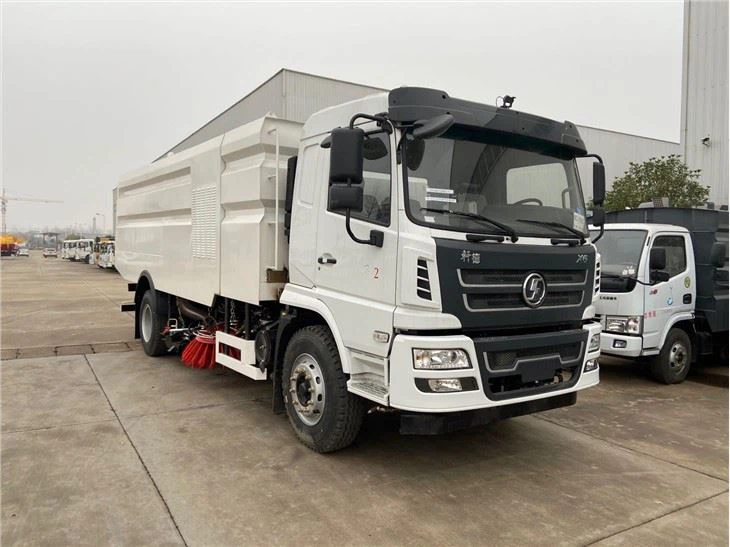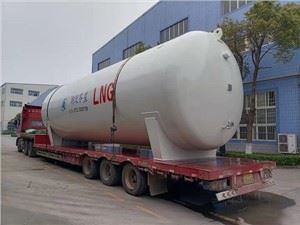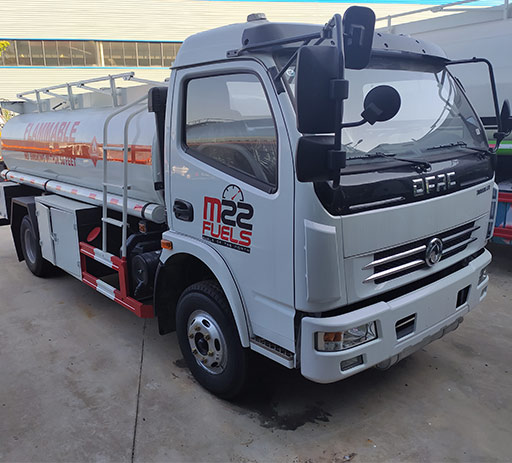Everything You Need to Know About Milk Transport Trucks

Introduction
Milk transport trucks play a crucial role in the dairy industry, ensuring the seamless delivery of fresh milk from farms to processing plants and consumers. With numerous regulations and logistics involved, understanding how these trucks operate is essential for anyone interested in dairy distribution. In this article, we will explore everything related to milk transport trucks, including their design, technology, regulations, best practices, and future trends. Our goal is to provide a comprehensive resource that covers various aspects of milk transportation to help industry stakeholders make informed decisions.
Understanding Milk Transport Trucks
What is a Milk Transport Truck?
A milk transport truck is a specialized vehicle designed to transport milk from dairy farms to processing facilities. These trucks are equipped with insulated tanks that keep the milk at a consistent temperature to preserve its quality during transit. The design and technology of milk transport trucks are pivotal in maintaining hygiene and safety throughout the transport process.
Types of Milk Transport Trucks
- Insulated Tankers: These trucks are designed with thermal insulation to maintain the milk’s temperature.
- Refrigerated Trucks: Equipped with a refrigeration unit, these trucks can maintain lower temperatures, making them ideal for longer distances.
- Bulk Milk Transporters: These large-capacity trucks can carry significant volumes of milk, usually designed for large dairy farms.
Components of a Milk Transport Truck

Milk transport trucks have several essential components that facilitate efficient and safe transportation:
- Insulated Tank: Ensures temperature control.
- Pump System: Transfers milk from the farm to the tanker and from the tanker to the processing plant.
- Temperature Control System: Monitors and adjusts the milk temperature.
- CIP System (Clean-In-Place): A built-in cleaning system for maintaining hygiene standards.
Key Regulations for Milk Transport Trucks
Health and Safety Standards
Transporting milk involves stringent health and safety regulations to minimize the risk of contamination. Compliance with these standards is critical for protecting public health.
FDA Regulations
The Food and Drug Administration (FDA) sets forth regulations that govern milk transport, including:
- Maintaining proper temperature control during transport
- Using sanitary equipment and materials
- Regular inspections and maintenance of transport vehicles
State Regulations
In addition to federal regulations, states may impose their own standards regarding the transportation of milk. It is essential for dairy operators to be aware of the specific requirements in their state to avoid penalties.
Best Practices for Milk Transport
Preparation Before Transport
- Pre-trip Inspection: Conduct a thorough inspection of the truck and equipment.
- Employee Training: Ensure drivers and staff are trained in hygiene practices and safety measures.
- Proper Loading: Load the milk carefully, ensuring balance and stability during transport.
During Transport
- Temperature Monitoring: Regularly check the milk temperature to ensure it remains within the safe range.
- Safe Driving Practices: Drive carefully to minimize agitation and spilling of the milk.
- Record Keeping: Maintain accurate logs of transport temperatures and times.
Post-Transport Procedures
- CIP Cleaning: Implement the CIP system to clean the tank immediately after unloading.
- Documentation: Ensure all data related to transport is recorded for traceability.
- Inspections: Conduct post-trip inspections to prepare for the next journey.
Technological Innovations in Milk Transportation
GPS Tracking Systems
Many milk transport trucks are now equipped with GPS tracking systems that allow fleet managers to monitor the location and status of their vehicles in real-time. This technology helps optimize routes and improve delivery efficiency.
Smart Temperature Sensors
Advancements in temperature monitoring include smart sensors that provide real-time data on the temperature inside the milk tanker. This allows for quick action if temperatures deviate from the recommended levels, helping to prevent spoilage.
Automated CIP Systems
New developments in CIP technology have introduced automated systems that require minimal manual input, thereby enhancing sanitation efficiency and reducing the risk of human error in the cleaning processes.
The Economic Impact of Milk Transport Trucks
Cost of Operation
Oil prices, vehicle maintenance, and labor costs significantly influence the overall cost of operating a milk transport truck. Companies must analyze these factors to keep transportation expenses manageable.
Investment in Technology
Investing in the latest technology can seem costly initially, but it often leads to long-term savings through reduced spoilage, improved efficiency, and increased compliance with regulations.
Market Demand and Pricing Strategies
The demand for fresh milk influences pricing strategies in the dairy market. Transport availability and efficiency can directly impact market supply and, consequently, pricing.
Challenges in Milk Transportation
Logistical Issues

Logistical challenges, such as traffic delays and road conditions, can affect the timely delivery of milk. Planning routes carefully and allowing for contingencies can help mitigate these challenges.
Maintaining Quality Standards
Ensuring that milk maintains quality from farm to consumer is paramount. Any deviation in temperature or hygiene standards can lead to spoilage or contamination.
Regulatory Compliance
Staying updated with regulatory changes and ensuring compliance can be challenging. Constant training and updates for the team can help streamline this process.
Future Trends in Milk Transportation
Eco-Friendly Approaches
As sustainability becomes increasingly important, the dairy industry is exploring greener transportation options, such as electric trucks or those using alternative fuels.
Drones and Autonomous Vehicles
While still in early stages, the use of drones for small-scale milk transport and autonomous vehicles could revolutionize how milk is delivered, increasing efficiency and lower costs.

Practical Examples and Tips
Case Study: Successful Milk Route Optimization
A dairy company implemented a GPS tracking system that optimized delivery routes, reducing average transport time by 20%. This system helped minimize fuel costs and improve product freshness upon arrival.
Tips for Small Dairy Farms
- Partner with local transport companies to share costs and resources.
- Invest in proper storage tanks to ensure quality milk before transport.
- Regularly train staff on best practices for hygiene and safety.
Frequently Asked Questions (FAQ)
What temperature should milk be transported at?
Milk should be transported at a temperature below 40°F (4°C) to prevent spoilage and maintain quality.
How long can milk be transported safely?
Generally, milk can be transported safely for up to 48 hours, provided that it is kept at the correct temperature and hygiene standards are maintained.
What are the signs of spoiled milk during transport?
Signs include off odors, changes in color, and separation. Regular temperature checks and inspections can help detect spoilage early.
What cleaning procedures are required for milk transport trucks?
Trucks must undergo a Clean-In-Place (CIP) system cleaning after every use, alongside thorough manual inspections and cleaning of all equipment.
How can I improve the efficiency of my milk transport operation?
Upgrade technology, optimize delivery routes, invest in staff training, and ensure regular maintenance of equipment to improve efficiency.
